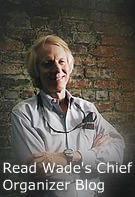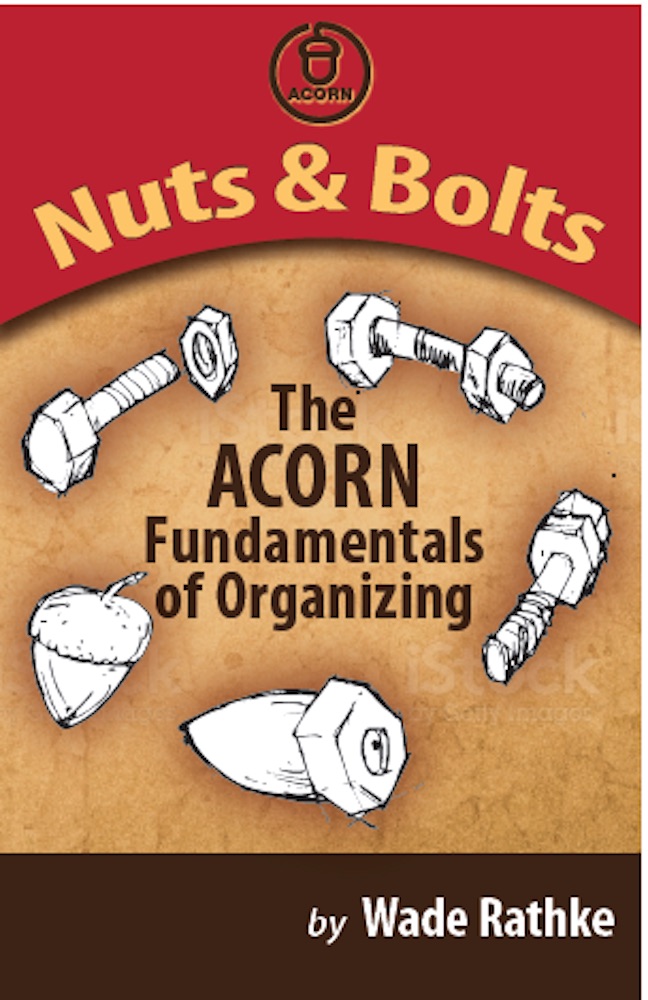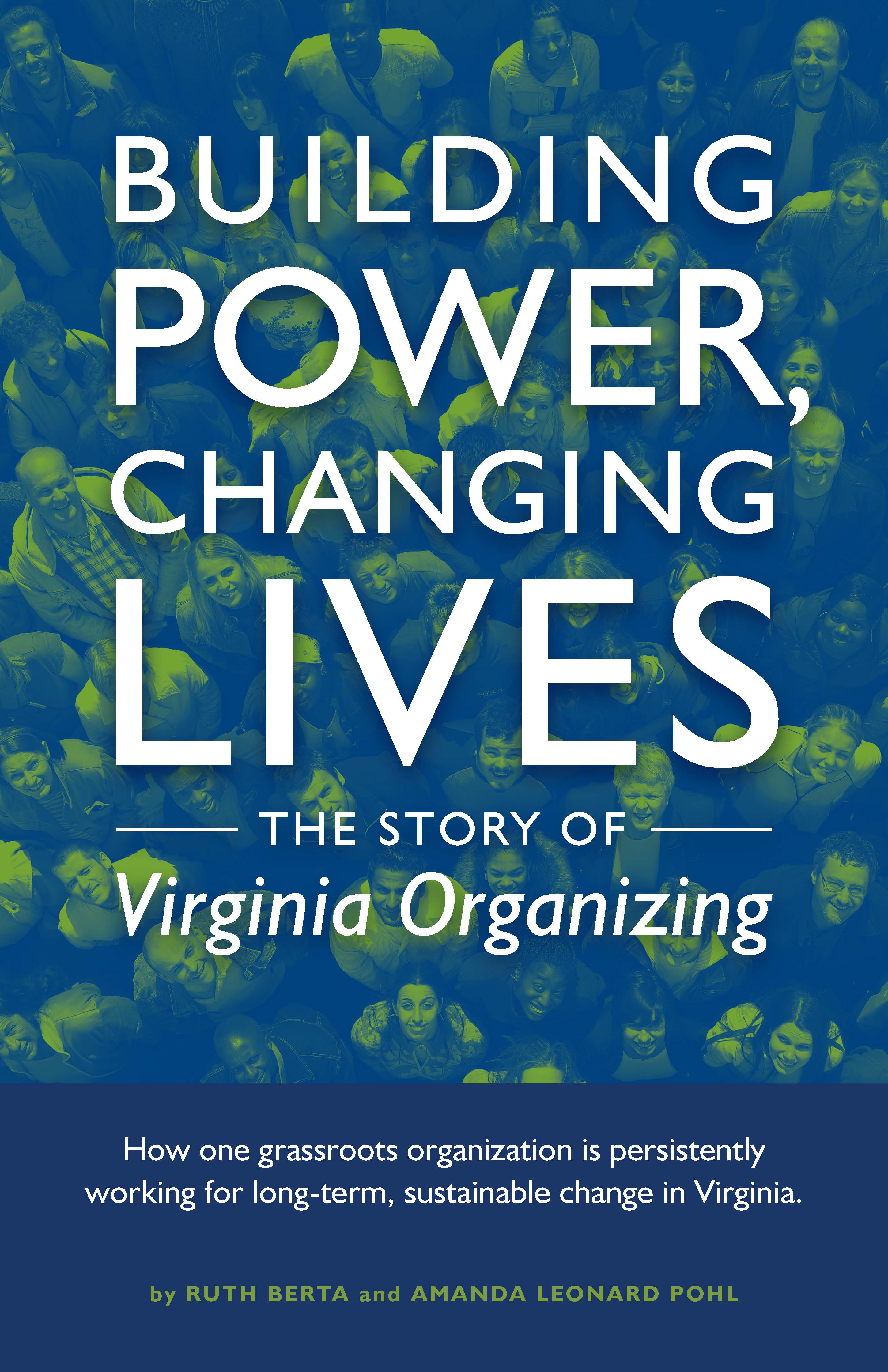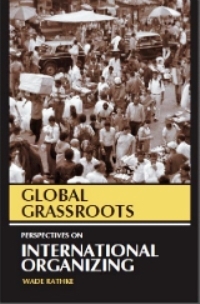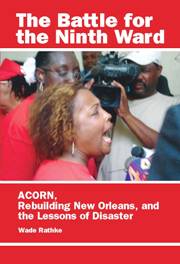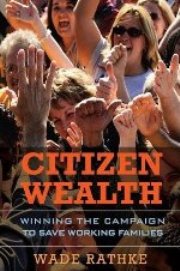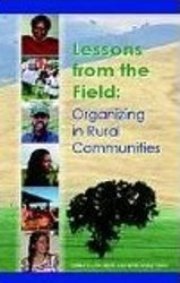NORTHERN LIGHTS - What Next for the NDP?
Written by John Anderson
As some dance to the siren song of authoritarianism now echoing throughout the MAGA movement, it is worth remembering what true political leadership looks and sounds like.
Toronto ACORN has worked with Peter Tabuns for years now; he is the former Executive Director of Greenpeace Canada and one of the longest-serving Members of Provincial Parliament in Ontario. Peter gets it. He mobilizes his community—he listens, he cares—and gets himself elected by wide margins when neighboring ridings lose. He does not confuse this with actually organizing working-class people, and he is upfront about it, giving space and support to organizations—like ACORN—to do the real work.
Peter is an exception to the rule that the left-of-center political class confuses mobilization with organizing: they get people to vote but don’t build lasting power for a constituency.
The one way the NDP could get organized—but doesn’t seem to prioritize or properly resource—is at the riding (local legislative district) level and with its rank-and-file members. Keeping local structures active and focused outward is critical, but unfortunately, it remains an afterthought. Money is spent elsewhere, when they have it, and interaction with the membership is focused on large-scale fundraising operations, which certainly have financial benefits but can be overdone.
The political operatives running the party at the highest level don’t see the grassroots as a means to power. An issue at the root of this problem is that a lot of the activist party base tends to look inward when identifying targets. This is, of course, a common occurrence on the left, with many organizations endlessly consumed by internal matters and eventual conflicts.
The party establishment, which controls most of what the party can do, understandably grows to resent parts of the rank-and-file membership and riding associations because they are routinely attacked by them. They then see the base of their political organization as a waste of time—or worse, a detriment to their goal of winning an election. Their plan is to reach voters through an air war, not through the grassroots, and the volunteers at the riding level learn the party’s stances from the news like everyone else.
This resentment festers on both sides of the divide and is unfortunate, often destructive, and also preventable through—wait for it—actually organizing what you should be organizing: your base!
There are similarities between the disconnect facing the federal NDP and the challenges ACORN encounters when established offices lose their Head Organizer.
A key role of an organizer is to ensure a group has a clear agenda—a campaign, demands, and actions—so the focus stays outward while continuously bringing in new people.
When a strong organizer leaves the organization for what they think are greener pastures, a few keen, confident leaders with time on their hands end up on their own, taking on tasks without adequate organizational guidance. They can do press interviews, follow council agendas, and attend and speak on issues at council meetings—the core chapter groups can still meet monthly. It can work for a while, but with no one recruiting or door-knocking for new members, things stagnate quickly. In short, the group eventually struggles compared to its heyday with a quality organizer, and members begin looking inward for answers. No one is there to keep the focus on growth and real targets outside the organization.
I’m not suggesting any of this is the reason the NDP was decimated in the very recent federal election in Canada, but it certainly didn’t help. As even the New York Times noted, Canadians—scared out of our wits by the fascist insanity in America—found stability in a sixty-five-year-old central banker named Mark Carney, the new Liberal leader who just replaced Trudeau. The Conservative leader, Pierre Poilievre—who as recently as New Year’s Day was up 25 points in the polls—stunningly lost his own seat. Collateral damage in all of this was the New Democrats’ loss of party status and historic lows in the popular vote.
In Canada, when a party loses its official status, it loses parliamentary funding and staff. Canada’s relatively strict campaign finance laws include public financing of political parties as a counterbalance. When you hit a threshold of the popular vote in ridings, you receive campaign reimbursements. The NDP went into the red to pay for the 2025 campaign, hedging their bets that they would get enough of the popular vote to receive this funding but failed to in hundreds of ridings. The impact of this is financially devastating for the party.
Nearly bankrupt, without a healthy organization to underpin it or a leader at the top, it has to run a leadership contest after having done mass layoffs. Supporters are left praying for another miraculous orange wave, but this time for salvation, instead of electing over 100, as happened a decade ago under the late Jack Layton.
I’ll be keenly watching the leadership race. There will likely be a social-justice–warrior who talks about the need to organize without any tangible plan or resume to show for it, a centrist backed by organized labor who’ll face resistance from riding-association activists, and perhaps a maverick in the Sanders mold who touts left-wing populism and organizing. All will claim they’ll make organizing central to their tenure and brag about their credentials—here’s hoping one truly understands what organizing is and what needs to be done to satisfy the base and keep everyone focused on real outward targets. It’s unclear, though, if they’ll have the money to pay anyone to do it.

